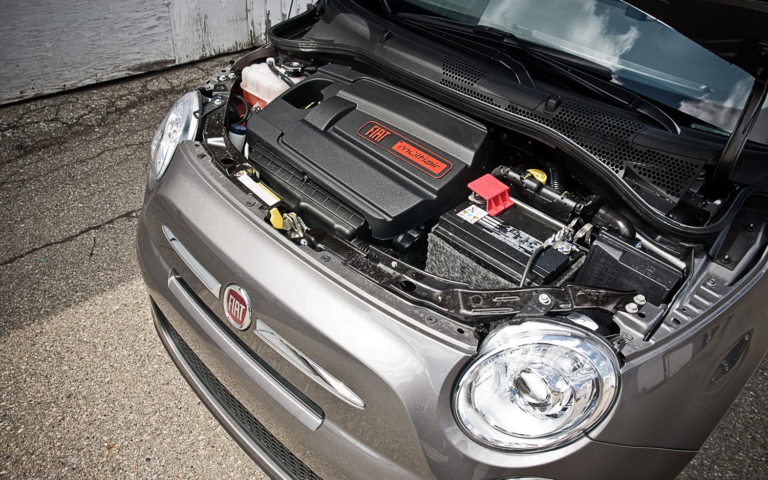Journal of Law and Mobility
Featured Article
Latest
How Might We Reimagine Transportation Technology to Combat Forced Labor: Conference Explanations and Recommendations From the Law and Mobility Program’s Annual Conference 2023
Introduction The University of Michigan Law School’s Law and Mobility Program (LAMP), a resource for scholarship about the legal implications of emerging transportation technology with a particular focus on connected and automated vehicles (CAVs), hosts an annual conference. The topic of the LAMP Annual Conference 2023 considered how…
Apple came out for right to repair. Toyota should too.
In August, Apple declared support for California’s right to repair bill. Plausibly, their reason for an about face to supporting right to repair is that regulation will provide them a competitive advantage; because “Apple has been building an industry lead on repairable devices,” they are better positioned than competitors to comply. By…
Applying Lessons from Securities Regulation to Intelligent Transportation Systems
In the 1970s, Congress authorized the Securities and Exchange Commission to “facilitate the establishment of a national market system for the trading of securities.” The SEC’s approach, in large part, was to direct the exchanges and the Financial Industry Regulatory Authority to come up with solutions themselves subject to the…Perfection is the Enemy of Good Where AVs Succeed
News articles about automated transportation technologies consistently imply that the challenge of scaling and expanding destines the technology to be if not useless then at least a bit silly. This attitude is both wrong and unproductive in solving major transportation and climate related problems. For example, a Scientific American article about delivery…E-Waste and Cars Need to Meet in the Right to Repair Debate
The debate on right to repair continues to rage. Right to repair laws have passed in New York, Colorado, Minnesota, and Massachusets, and upwards of 30 other states have pending legislation. Yet at the end of June, NHTSA sent a letter to 22 automotive…


